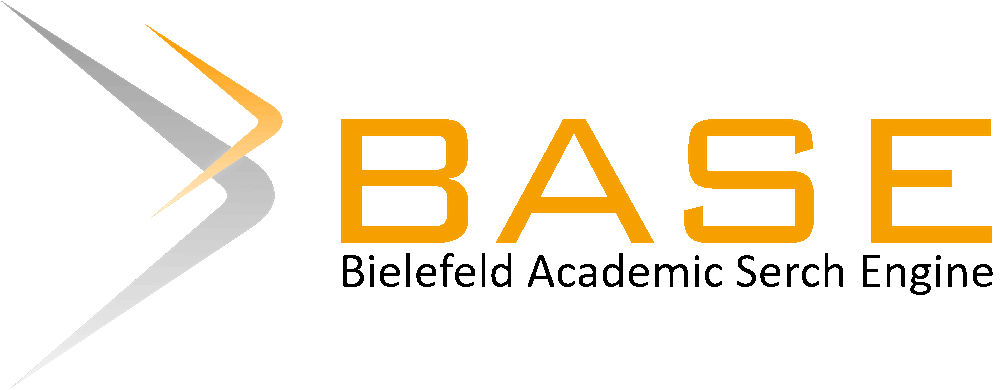GENE-PROFILING POWER SUPPLY FOR ATHLETES OF HIGH QUALIFICATION IN THE EXAMPLE OF BIATHLON
Keywords:
биатлон, генопрофилирование энергообеспеченияAbstract
In the presented article, the possibilities of carrying out the gene-profiling of the power supply process on the example of biathlon are considered. The results of typing of 31 biathlon-athletes of high qualification on a panel of 6 polymorphic markers of the carbohydrate-lipid metabolism genes involved in energy supply processes (ACE, PPARA, PPARGC1A, PPARD, PPARGC1B and PPARG2) are given. The study was conducted in compliance with the necessary ethical criteria: obtaining informed consent from athletes, ensuring the confidentiality of personal information. In the examined group of biathlon-athletes the prevalence of the frequency of genotypes DD (45.16%) and ID (45.16%) and allele D (67.74%) of the ACE gene, genotype GG (64.52%) and allele G (77.42%) of the gene PPARA, the genotype GlySer (80.64%) and the Ser-allele (56.45%) of the PPARGC1A gene, the TT genotype (54.84%) and the T allele (74.20%) of the PPARD gene, the CC (90,32) allele C (95.16%) of the gene PPARG2, genotype CC (100.00%) and allele C (100.00%) of the gene PPARGC1B. The results of the DNA survey showed quite effective energy supply for this group of athletes, which is quite understandable for their high level of sports qualification. Establishing the genetic potential of each athlete allows you to determine or refine the molecular mechanisms of inheritance and expand the theoretical and methodological basis of the process of sports training. At the same time, having determined the differences in the distribut ion of genotypes in groups of highly qualified athletes engaged in various sports, it is possible to carry out with confidence the genetic prognosis of success in the group of reserve athletes. Based on the results of earlier conducted own research, analysis of the world experience, an algorithm for managing the selection process of the reserve group athletes and subsequent optimization of their training process is proposed.
References
2. Ahmetov, I.I. Genome-wide association study identifies three novel genetic markers associated with elite endurance performance / Ahmetov II, [et al.] // Biol. Sport 2015; 32:3-9.
3. Безуглая, В. Перенапряжение сердечно-сосудистой системы у спортсменов: причины, проявления, диагностика, профилактика / В. Безуглая // Наука в олимпийском спорте. – 2016. – № 1. – С. 33 – 39.
4. Манжосов, В.Н. Тренировка лыжника-гонщика / В.Н. Манжосов. – М.: Физкультура и спорт, 1986. – 96 с.
5. Мищенко, В.С. Функциональные возможности спортсменов / В.С. Мищенко. – Киев: Здоровье, 1990. – 200 с.
6. Кручинский, Н.Г. Генетические маркеры успешности спортивной деятельности как элемент программы генетического мониторинга по определению профиля спортивной деятельности и индивидуализации тренировочного процесса спортсменов / Н.Г Кручинский [и др.] // Материалы 3-й научно-практической конференции «Инновационные технологии в подготовке спортсменов» // Электронная книга в формате PDF – М.: ГКУ «ЦСТиСК» Москомспорта, 2015. – С. 40-43.
7. Кручинский Н. Г. Программа генетического мониторинга спортсменов группы резерва для определения профиля спортивной деятельности и индивидуализации тренировочного процесса, основанная на результатах ДНК-анализа : методические рекомендации / Н.Г Кручинский [и др.]. –
Пинск : ПолесГУ, 2015. – 60 с.
8. Кручинский Н.Г. Инновационный подход в системе подготовки спортсменов высокого класса в молодёжном спорте / Н.Г Кручинский [и др.] // VIII-й Межд. Конгресс «Спорт, Человек, Здоровье» 12-14 окт. 2017 г., Санкт-Петербург, Россия: Матер. Конгр. / Под ред. В.А. Таймазова. – СПб.,
Изд-во С.-Петерб. ун-та, 2017. – С. 76-78.
9. Рыбина, И.Л. Взаимосвязь полиморфизма отдельных генов с переносимостью тренировочных нагрузок лыжников-гонщиков в годичном цикле подготовки / И.Л. Рыбина // Вестник спортивной науки. – 2013. – № 4. – С. 45–49.
10. Рыбина, И.Л. Особенности биохимической адаптации к нагрузкам различной направленности биатлонистов высокой квалификации / И.Л. Рыбина, Е.А. Ширковец // Вестник спортивной науки. – 2015. – № 3. – С. 28–33.
11. Рыбина, И.Л. Особенности биоэнергетических характеристик мышечной деятельности спортсменов с различными полиморфными вариантами гена АСЕ / И.Л. Рыбина // Теория и практика физической культуры. – 2016. – № 3. – С. 61-65.
12. Рыбина, И.Л. Метаболические реакции организма высококвалифицированных спортсменов циклических видов спорта в условиях соревновательной деятельности / И.Л. Рыбина, Е.А. Ширковец // Вестник спортивной науки. – 2016. – № 1. – С. 43–46.
13. Шепелевич, Н.В. Особенности генетического профиля выносливости у спортсменов-гребцов / Н.В. Шепелевич, Т.Л. Лебедь, С.Б. Мельнов // Экологический вестник. – 2013. - № 4(26). – С. 20-24.
14. European guidelines on cardiovascular disease prevention in clinical practice // European Heart Journal. – 2012. – Vol. 33. – 1635-1701.
15. Fischer, H.G. The excretion of 17-ketosteroids and 17-hydroxycorticosteroids in night urine of elite rowers during altitude training / H.G. Fischer [еt аl.] // Int. J. Sports. Med. – 1992. – Vol. 13. – № 1 –. P.15-20.
16. Jager, M. La mort subite dans la pratigue du sport. Commenten reduire l’incidence? / M. Jager // A. Cardiol. Angeol. – 1990. –Vol. 39. – P.565-570.
17. Marije, T. The marvels of elite sports: how to get there? / T. Marije [еt аl.] // Br J Sports Med. – 2011. – Vol 45. – № 9. – P. 683-684.
18. Maron, B.J. Surviving competitive athletics with hypertrophic cardiomyopathy / B.J. Maron, H.G. Klues // Am. J. Cardiol. – 1994. – Vol. 73. – Pt. 15. – № 6. – P. 1098- 1104.
19. Tucker, R., Collins M. What makes champions? A review of the relative contribution of genes and training to sporting success / R. Tucker, M. Collins // BJSM Online First, published on April 25, 2012 as 10.1136/bjsports-2011-090548.
20. Yevdaliuk, S.V. Development of the Athletes recruiting system in cyclic sports based on individual morphophunctional and genetics parameters / S.V. Yevdaliuk [еt аl.] // 20-th Annual Congress of the ECSS, Malmo – Sweden 24-27 June 2015. – Book of Abstracts. – Abstract-ID: 1259.










